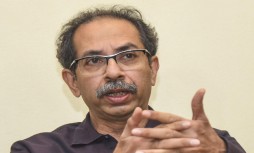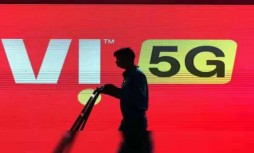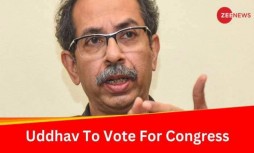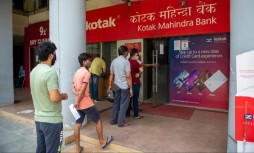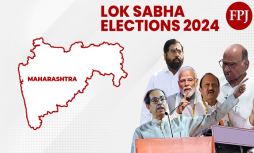PM Modi's third term: This could be the new government's agenda for the first 100 days
March 29,2024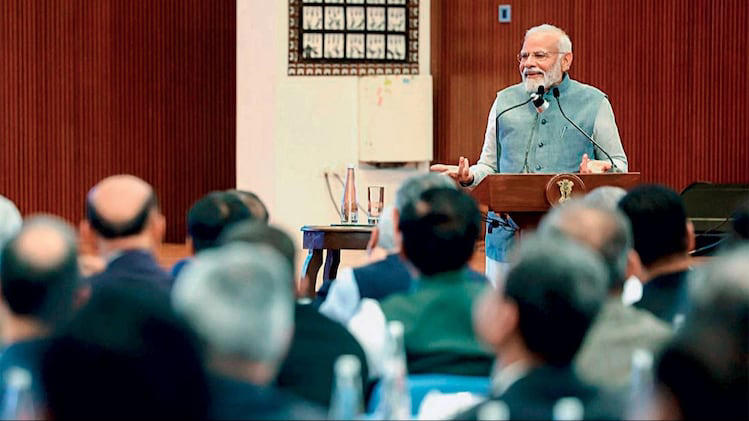
Seemingly confident about the prospects of his party in the upcoming General Elections, Prime Minister Narendra Modi recently met with his Council of Ministers to discuss the road map for Viksit Bharat, or a developed India by 2047, as well as the agenda for the first 100 days of his government if it gets elected for a third consecutive term.
Though the details and plans have not been made public yet, sources indicate that the road map has a comprehensive blueprint with a clearly articulated national vision, aspirations, goals, and action points. Its goals include areas like economic growth, sustainable development goals, ease of living, ease of doing business, infrastructure, and social welfare.
The day-long marathon meeting came before the announcement of the Model Code of Conduct (MCC), which heralds the two-month-long election process involving 978 million voters who will cast their votes for 543 Lok Sabha seats in seven phases, and the results of which will be announced on June 4.
Typically, once the MCC is announced, there tends to be a lull in policymaking with no major announcements, decisions, or sanctioning of expenditures for schemes. The government of the day is then a caretaker, and the role of administrative ministries and officials is to take forward work that has already been approved and await the next government to take forward their plans and agenda.
This time around, the Prime Minister seems intent on ensuring that the economic momentum does not stop during the two-month period before the next government is formed in late May. Traditionally, it is only after assuming office that ministers of the new government confer with their officials and chart out the agenda for the first 100 days, also taking into consideration their electoral promises. This means that the lull in policymaking
continues for another month. There are worries that the government’s capital expenditure plan may be in the slow lane over the next few months.
But the 100-day agenda and a five-year plan within the framework of making India a developed nation by 2047 would allow ministers to hit the ground running as soon as they take oath, should the current dispensation emerge victorious again. The road map for Viksit Bharat 2047 is the result of more than two years of intensive preparation and wide-ranging consultations.
Officials have also been asked to ensure that the country’s growth momentum continues and that work is not disrupted because of the polls. This is significant since the economy is estimated to grow by 7.6% in financial year 2023–24 after a stellar 8.4% growth in the third quarter of the fiscal. Analysts have revised upward their growth projections for the next fiscal. Moody’s has raised India’s GDP growth forecast to 6.8% in 2024. Bank of Baroda has pegged it at 7.8% for FY25, assuming an improvement in private consumption with a normal monsoon that could boost rural sentiments and a pick-up in private sector investment.
Experts note that while the headline GDP projection for FY24 in the Second Advance Estimates came as a pleasant surprise, much work still needs to be done to ensure that the economy fully shrugs off the pandemic blues, with issues such as employment generation and investments that still need to be tackled.
The second advance estimate of national income shows a divergence between real GDP and real GVA growth (6.5%) in FY24, which has raised eyebrows. Analysts, though, say it reflects higher net indirect taxes and a fall in the subsidy bill. The muted farm sector growth and its impact on rural demand remain a concern, although the Union finance ministry has remained optimistic about a reversal in FY25.
For the current fiscal, private final consumption expenditure is seen to grow by 3% (as against 4.4% in the First Advance Estimates), while gross fixed capital formation, a bellwether for investments, is expected to increase by 10.2% (marginally lower than 10.3% in the First Advance Estimates).
According to Anil K. Sood, Professor and Co-founder of the Institute for Advanced Studies in Complex Choices, the Indian economy is not realising its growth potential, and more policy measures are required. “India’s labour force participation rate for the 15-29 years age group remains very low, even for urban youth. The priority for the government should be the creation of earning opportunities for the youth. Gig work that shifts risk to our youth is not the most effective solution to our employment problem, but government employment in public services like transport, education, health, and sanitation is,” he says. Sood adds that with employment in urban centres remaining an unsolved problem for years, there is a need for sustained public investment in agriculture to absorb the workforce in a meaningful way.
Vinay K. Srivastava, Associate Professor at ITS Ghaziabad, says the agenda is quite clear from the Second Advance Estimates. “The data shows that private consumption is yet to pick up, and this is an area where the government needs to focus. It also has to work on further investments in infrastructure. While capex has been high for infrastructure, the need now is to improve the quality of this expenditure and cut down on cost and time overruns. There is also need to focus on investments in energy and the environment,” he says. Employment also remains a challenge, and this has to be a priority as it can in turn boost private consumption, he notes.
The full details of the 100-day agenda fleshed out by the PM with his ministerial council are still awaited. Greater clarity on the government’s priorities for the next five years will perhaps emerge when the full Budget for 2024-25 is presented in July.







